|
|
Cassandra - Weekend Review: Fall Technology, Sigma Surprise, Life mirrors Art (amended)By Graham K. Rogers
Although the new Macs are available in some of Apple's favored countries, I was told last week that the order button on the Thai site was greyed out. This is not unusual, as orders need to be filled in the first priority countries and the wireless equipment needs to be approved by the authorities here before they can go on sale. The new 13" models use 1.4GHz 4-core (the older ones use 2.4GHz 4-core chips) and are 42,900 and 49,900 baht for 128GB and 256GB SSD drives. All models come with 8GB RAM as standard. The Buy buttons for the two new Macs are still greyed out here. More information on the updates is available from
When the Watch 4 came out, a number of reporters tried to make the Fall Detection feature, for example Rene Ritchie who tried a few stunt-like drops without much success. I was unable to find the specific article in which he showed this. Last week I was chatting to a colleague in the main office when I heard the watch alarm. As I was in the middle of a conversation I ignored it. At that time of day it might be a warning to use the Breathe app, or a reminder that I could still complete the rings, if I really tried. The alarm repeated every so often - maybe 30 seconds - and I eventually looked at the watch face, just in time to stop the watch phoning the emergency services and a friend (my nominated emergency reporter). The Fall Detect had worked and I initially could not understand why. The office chair I was sitting in with a swivelling back was the answer. During the chat with my colleague, I had propelled myself backwards and the forces (physics of acceleration and deceleration) had been identified as a fall. Don't try this at home (or in the office). I mean that seriously. You might break a chair back if the forces are too great and not only could that mean a new chair, but a real fall could cause injury. I am satisfied that I was at least able to see (finally) that the feature does work, and that any delay in clicking on the watch will activate an emergency response.
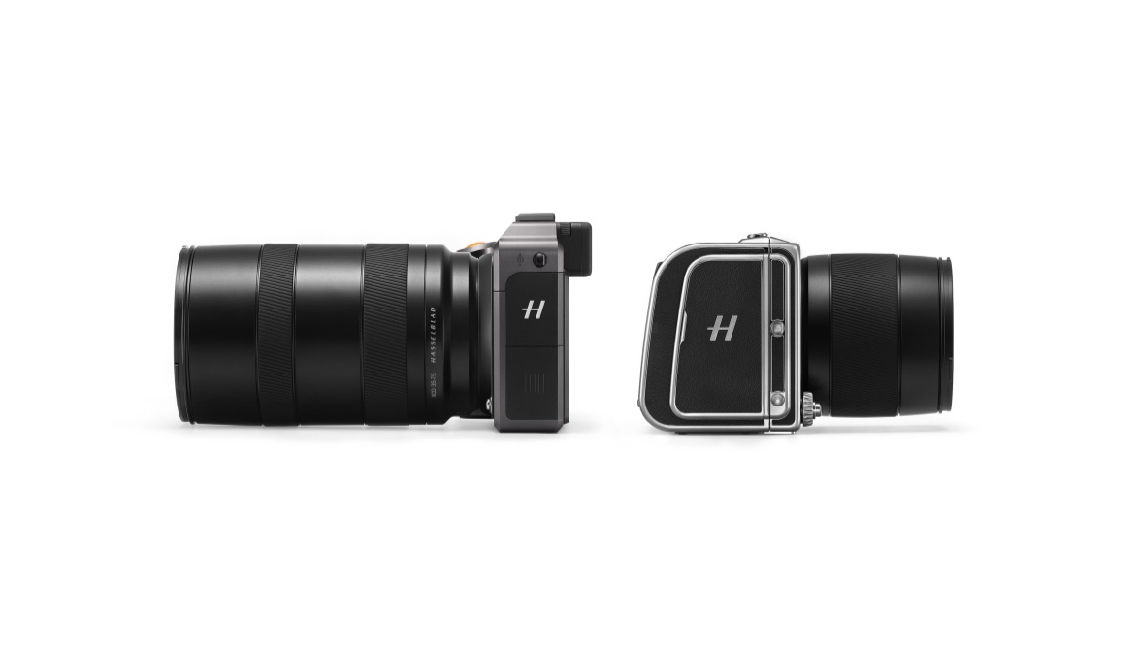 Hasselblad Digital Solutions - Image courtesy of Hasselblad I have written on a couple of occasions that a look at camera makers like Hasselblad and Leica shows that customers are willing to spend money for better cameras, so companies like Nikon and Canon need to consolidate: perhaps even to downsize. Sony and Fuji are in a different position as the cameras they produce appeal a slightly different sector, although there has been some drift from Canon and Nikon towards both of these companies. There are lessons to be learned. I was pleased to read this week that it seems Nikon is about to reduce its range of DSLR models to a smaller and more representative selection: some sensible belt-tightening here. There was also a report later than Nikon was reducing the price of its D5 and D810 models (DL Cade, Petapixel). I wonder if this is a clearing of the decks and replacement models are in the pipeline.
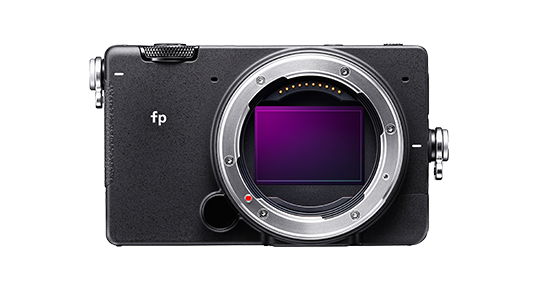 Sigma fp - Image courtesy of Sigma
A couple of days ago I linked to three useful comments on Ive and Apple, but there is now one more: from Rene Ritchie (iMore). Like the comments from Matthew Panzarino that I had linked to earlier, Ritchie has a good insight into Apple (far better than Isaacsson) and there are a couple of interesting points he brings out, most notably the naming of a specific member of the design team who was not normally one of Apple's point men: as if, Ritchie writes, there was a settling of scores. He also mentioned the last time Cook was inspired to write a rebuttal: when there was an allegation that many servers run by companies like Apple and Amazon were being linked to China. Despite the denials and expert input, the WSJ still refuses to withdraw that one. Ritchie provides a good analysis here and seems almost to be entering Daniel Eran Dilger territory.
Ricketts notes that "someone inside the British system deliberately amassed a stash of [the ambassador's] assessments, then chose the moment of maximum impact to leak it. This was not a spontaneous decision to make public a single document: it required premeditation and therefore an agenda." He adds that it is no coincidence that the Tories are in the middle of a leadership election. We also note that Johnson is a favorite of Trump and that in the last few days a lot of traffic on Twitter has made the absurd suggestion that Farage could be a candidate for the Ambassador position. That might leave the even more absurd Anne Widdicombe as leader of the Brexit Party in the EU Parliament.
On that note of ignoring the evidence as it does not fit the narrative, recent complaints were made by DJI, the drone maker, over programs that looked at the way drones had been used to close down Gatwick Airport, causing a major security scare. Some accused the authorities of being the ones flying the drones finding it odd that those allegedly responsible were unable to track them down. "Despite being consulted by the production teams of both Panorama and Horizon, DJI claims that little to none of their input was used in either documentary" [put out by the BBC - Horizons and Panorama], DL Cade (Petapixel) writes. The article includes a copy of the letter of complaint sent which is highly critical of the approach taken and the evidence excluded. This sounds just like the comments on this week's Panorama. Although the Petapixel article suggested that DJI's complaint would not go far, this similar behavior does strengthen its case somewhat.
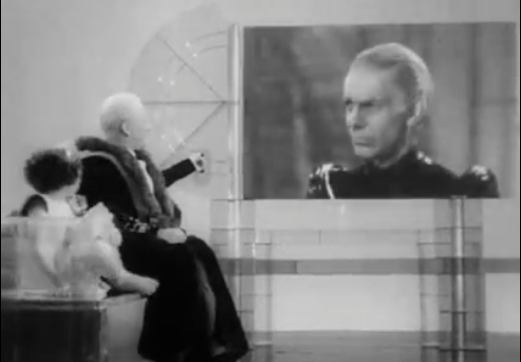 Raymond Massey on Wide Screen TV from Korda's The Shape of Thing to Come (1936)
My students are not completely convinced, but I also consider the novella, The Machine Stops by E.M. Forster, and Enemy of the State, a movie which (although slightly dated now) is a solid warning on government surveillance. Movies made from the books of Philip K. Dick are also worth examining (Blade Runner, Paycheck), and especially Minority Report which began a flurry of research when everyone saw the touch-style screens that Tom Cruise used to bring together data. It was a really clever piece of cinematography and special effects, but, What if. . . This week, Patently Apple reports that in among some 59 patents granted recently, there is one for "an In-Air Gesture Recognition System for a Future 3D UI for Controlling Various Devices". The idea uses a projection device and this is shown in the image with the patent information. Life mirrors Art.
Graham K. Rogers teaches at the Faculty of Engineering, Mahidol University in Thailand. He wrote in the Bangkok Post, Database supplement on IT subjects. For the last seven years of Database he wrote a column on Apple and Macs. After 3 years writing a column in the Life supplement, he is now no longer associated with the Bangkok Post. He can be followed on Twitter (@extensions_th) |
|

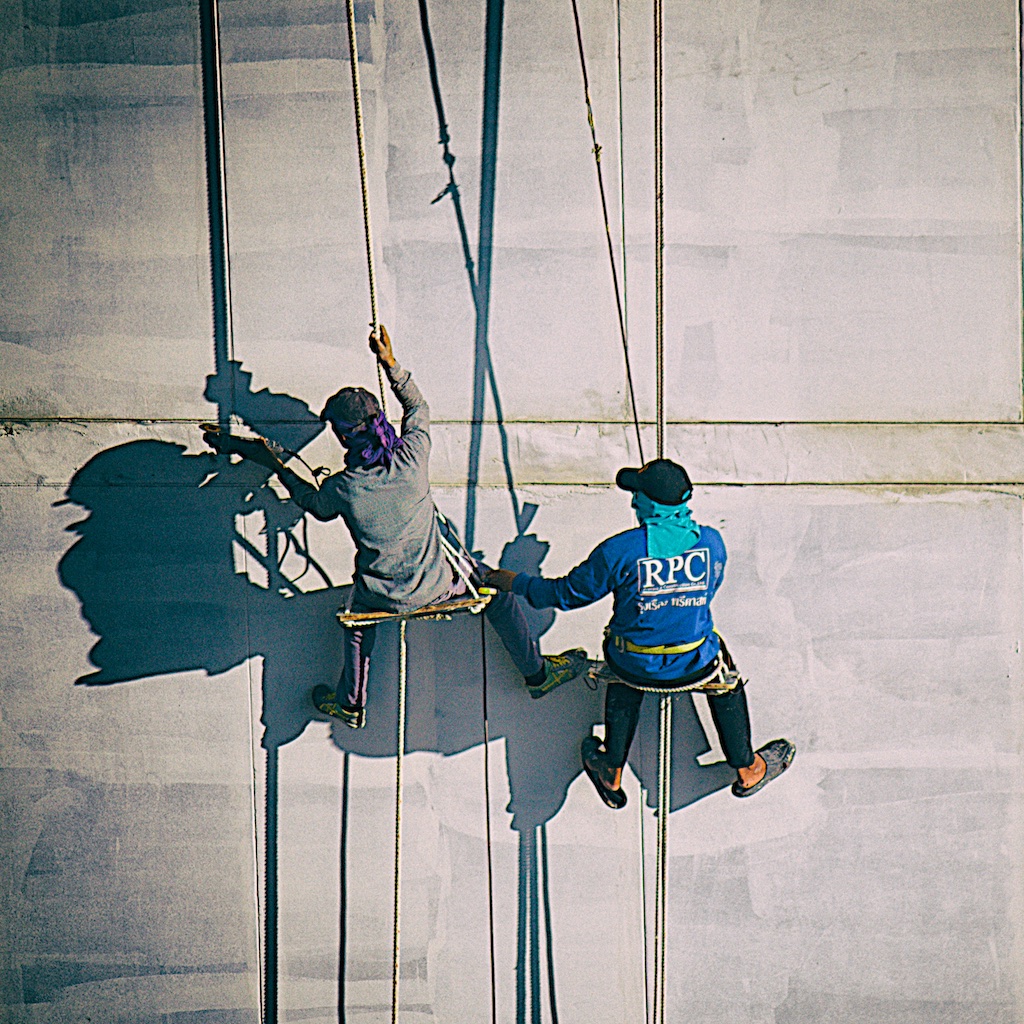
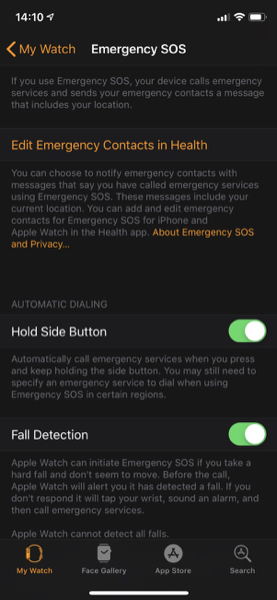 One of the reasons I went for the Apple Watch 4 was the Fall Detection. Not that I fall down a lot - at least not since I stopped riding motorcycles - but I am aware that things do happen (slip in the bath for example) and I wanted to see how this worked. I have seen the results of older people falling in the past and I am aware that if they do not receive prompt attention, there is a possibility of fatal results, even if the initial injury is minor. I was also keen to look at the ECG feature which is unlikely to come here for a while (if at all) and at least managed to start the setup process.
One of the reasons I went for the Apple Watch 4 was the Fall Detection. Not that I fall down a lot - at least not since I stopped riding motorcycles - but I am aware that things do happen (slip in the bath for example) and I wanted to see how this worked. I have seen the results of older people falling in the past and I am aware that if they do not receive prompt attention, there is a possibility of fatal results, even if the initial injury is minor. I was also keen to look at the ECG feature which is unlikely to come here for a while (if at all) and at least managed to start the setup process.
